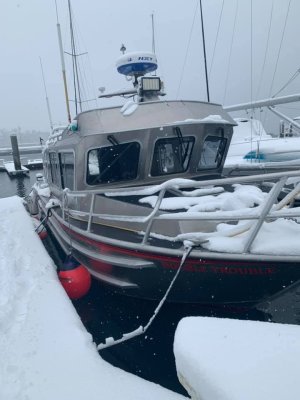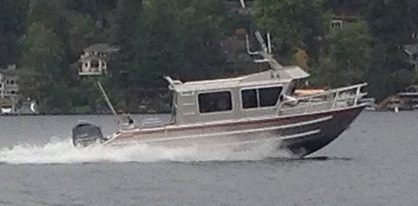I am getting a new TZT2 and radome. The past radome was a DRS4D, which I loved. My main use is navigation, with particular needs being ARPA, small target sensitivity in rougher weather and longer distances, and ability to track squalls. I used a friends DRS4D-NXT and was not very impressed with the sensitivity. No matter how I adjusted it, it performed worse than our DRS4D. But I realize that isn't necessarily a good test.
The DRS4D-NXT would be easier and less expensive to couple with the TZT2.
What are the major practical usage differences between the DRS4D and the NXT version? I understand the operating differences between pulse and solid state. I'm not sure fast target tracking is important to me, but good ARPA performance is. So is determining weather and squalls.
Given the above, which would you recommend? If the DRS4D, then which power supply does that need for the TZT12F?
Mark
The DRS4D-NXT would be easier and less expensive to couple with the TZT2.
What are the major practical usage differences between the DRS4D and the NXT version? I understand the operating differences between pulse and solid state. I'm not sure fast target tracking is important to me, but good ARPA performance is. So is determining weather and squalls.
Given the above, which would you recommend? If the DRS4D, then which power supply does that need for the TZT12F?
Mark




